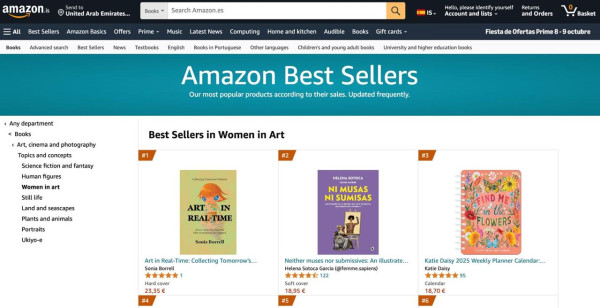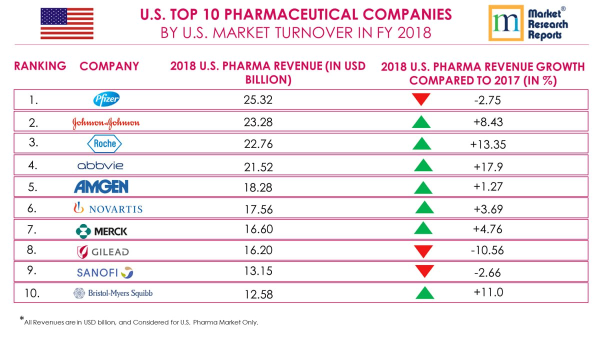
How to Drive Profitability with the Right Pricing Strategy

United States, 5th Oct 2024 - Pricing plays a crucial role in determining a company’s profitability. Setting the right price is not just about covering costs but also about positioning your product in the market, attracting customers, and staying competitive. With so many factors to consider—such as market demand, customer perception, and competitor pricing—choosing the right strategy can significantly impact your bottom line. This article explores various pricing strategies that businesses can use to drive profitability while ensuring their offerings remain attractive to customers.
1. Cost-Plus Pricing
Cost-plus pricing is a straightforward method where businesses determine the price of a product or service by calculating the total cost of production and then adding a markup for profit. For example, if producing a product costs $50 and the desired profit margin is 30%, the final price would be $65. This method guarantees that all costs are covered and ensures a consistent profit margin.
While cost-plus pricing is easy to implement, its main drawback is that it doesn’t take market conditions or competitor prices into account. As a result, businesses may risk overpricing their products in competitive markets or leaving money on the table in cases where customers might be willing to pay more.
2. Value-Based Pricing
Value-based pricing focuses on the perceived value of the product or service to the customer rather than the cost of production. Businesses that offer unique benefits or superior quality can charge a higher price based on the value they deliver. For instance, luxury goods, specialized software, or premium services often use value-based pricing because customers are willing to pay more for the benefits they perceive.
To implement value-based pricing effectively, businesses need to understand their customers' needs, pain points, and willingness to pay. This strategy requires in-depth market research and a strong understanding of customer behavior. When done right, value-based pricing can lead to higher profit margins, as customers will be more inclined to pay a premium for products that deliver clear value.
3. Competitive Pricing
Competitive pricing involves setting prices based on what competitors are charging. This strategy is particularly useful in markets with many similar products, where customers have plenty of choices. Businesses can choose to match, exceed, or undercut competitor prices, depending on their positioning in the market.
- Price Matching: Aligning prices with competitors can help businesses stay competitive without creating the perception of a price war.
- Undercutting Competitors: Offering lower prices may help attract cost-conscious customers but could lead to lower profit margins. This approach is common when businesses are trying to capture market share quickly.
- Premium Pricing: If a business offers additional features, better service, or higher quality, it can justify setting prices higher than competitors.
Competitive pricing is effective but requires ongoing market monitoring to ensure that prices remain competitive without sacrificing profitability.
4. Dynamic Pricing
Dynamic pricing adjusts prices based on real-time market conditions, customer demand, or competitor behavior. This strategy is widely used in industries where prices fluctuate regularly, such as airlines, hotels, and e-commerce. By changing prices based on demand or supply, businesses can maximize revenue by capitalizing on periods of high demand.
For example, airlines adjust ticket prices based on factors like the time of booking, demand for a particular route, or seat availability. Similarly, e-commerce platforms use dynamic pricing algorithms to adjust prices according to stock levels or competitor activity.
While dynamic pricing can increase profitability during high-demand periods, businesses need to be careful not to frustrate customers with frequent price changes, which can lead to negative perceptions.
5. Penetration Pricing
Penetration pricing is a strategy used to enter a market by setting a low price initially to attract customers and gain market share. Once the business establishes itself in the market, it can gradually raise prices. This approach is commonly used by new entrants or businesses launching new products to create a foothold in a competitive landscape.
Streaming services like Netflix or Spotify have successfully employed this strategy by offering low initial prices to attract a large user base, then gradually increasing prices as they grow. Penetration pricing works best when the business can afford to sacrifice initial profits for long-term customer acquisition.
The key risk with penetration pricing is ensuring that customers remain loyal after the price increases. If the product or service doesn’t offer sufficient value, businesses might struggle to maintain market share once prices go up.
6. Price Skimming
Price skimming is a strategy that involves launching a new product or service at a high price to target early adopters or customers willing to pay a premium. Over time, the price is gradually reduced to attract a wider audience. This strategy is commonly used for innovative products or technology that offer cutting-edge features.
For example, tech companies often use price skimming when releasing new gadgets, such as smartphones or laptops. Early adopters are willing to pay a premium for the latest technology, and after the initial buzz fades, companies lower prices to reach a broader market.
This approach allows businesses to maximize profits during the early stages of a product’s lifecycle while gradually expanding its appeal. However, companies must ensure that the product's early value justifies the high price and that they can continue to innovate as competitors enter the market.
7. Psychological Pricing
Psychological pricing is a strategy that uses pricing techniques designed to appeal to customers' emotions or cognitive biases. A common example is pricing items just below a round number, such as $9.99 instead of $10. This small difference can make a product appear significantly cheaper, even though the actual savings are minimal.
Bundling products is another form of psychological pricing, where businesses offer multiple items together at a lower price than if purchased separately. This creates a perception of added value and can encourage customers to spend more.
Psychological pricing is often used in retail and e-commerce settings, but it can be applied in other industries as well, where customer perception plays a large role in buying decisions.
In conclusion, choosing the right pricing strategy is critical for driving profitability. Whether it’s the simplicity of cost-plus pricing or the flexibility of dynamic pricing, businesses must consider their costs, customer perceptions, and market conditions when setting prices. The best pricing strategies balance profitability with customer value, ensuring long-term success in competitive markets. By regularly reviewing pricing strategies and adapting to market changes, businesses can stay agile and responsive, maintaining their competitive edge while maximizing profitability.
Learn more about Title Abstractors Maricopa Country and Follow Court Documents Research on Facebook and Twitter.
Media Contact
Organization: Arizona Research & Retrieval Services
Contact Person: Office Manager
Website: https://azretrieval.com/
Email: Send Email
Country:United States
Release id:17936
The post How to Drive Profitability with the Right Pricing Strategy appeared first on King Newswire. It is provided by a third-party content provider. King Newswire makes no warranties or representations in connection with it.
Disclaimer: The views, recommendations, and opinions expressed in this content belong solely to the third-party experts. This site was not involved in the writing and production of this article.













